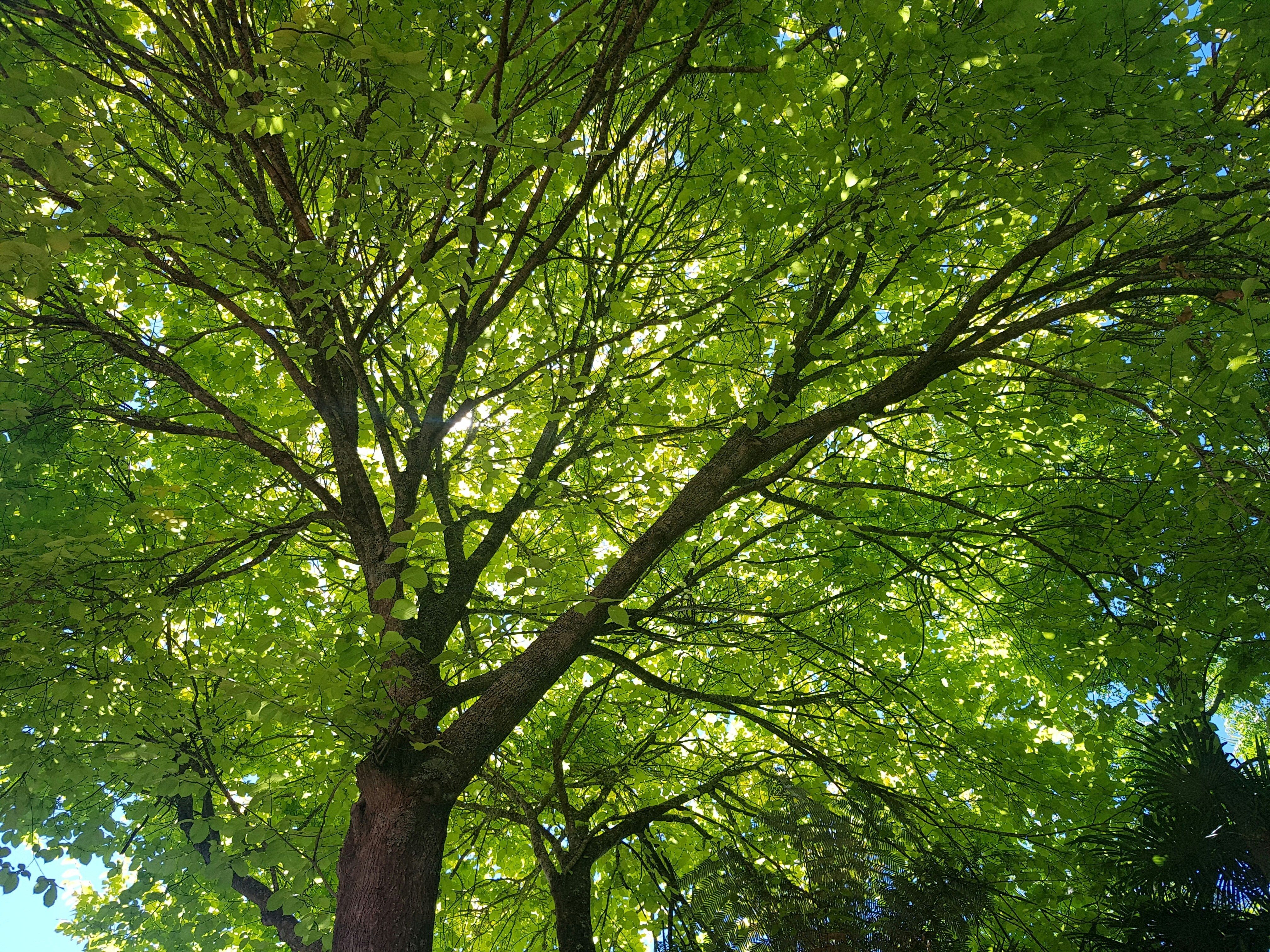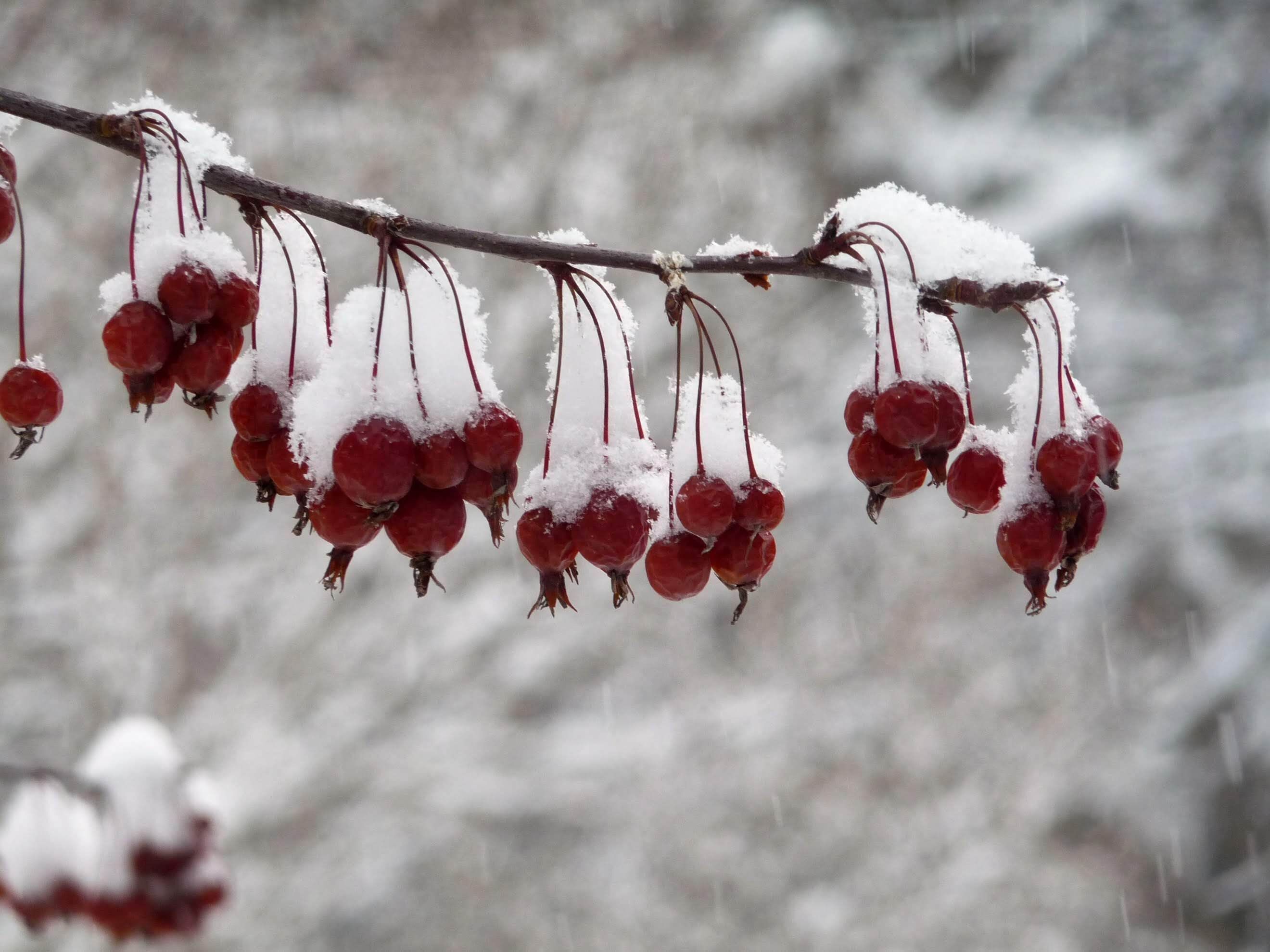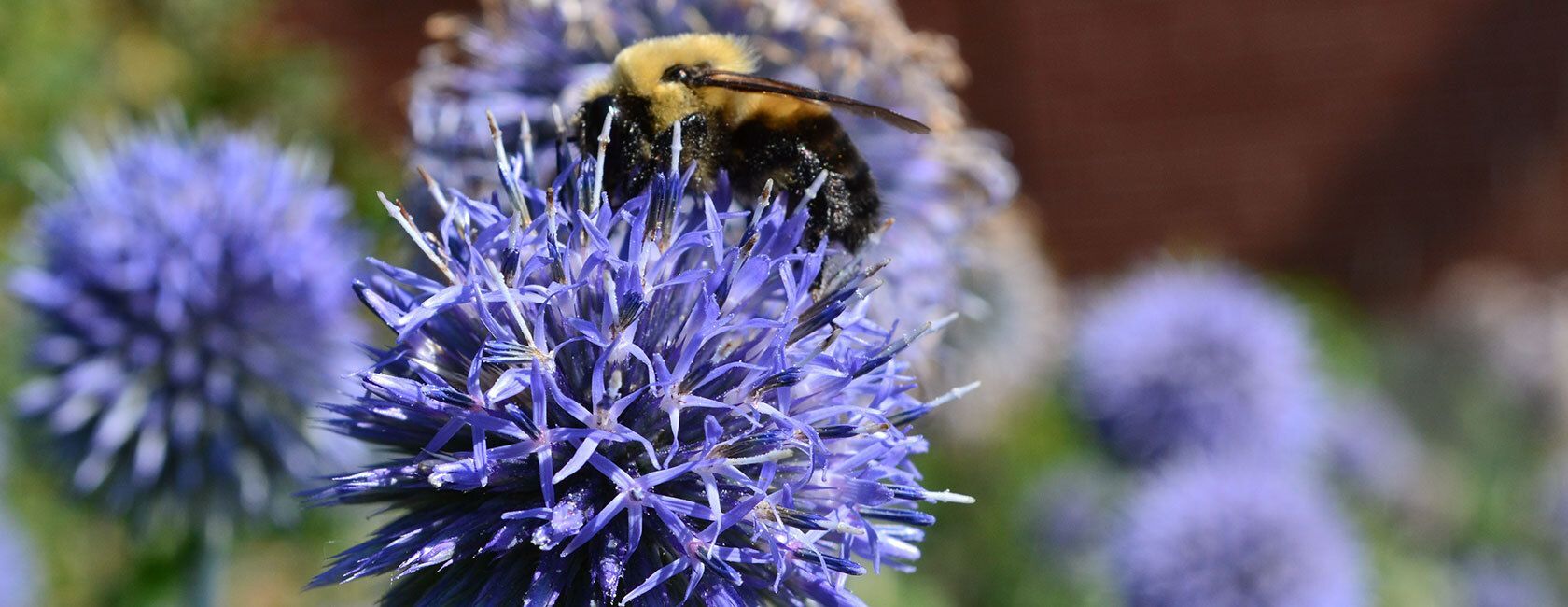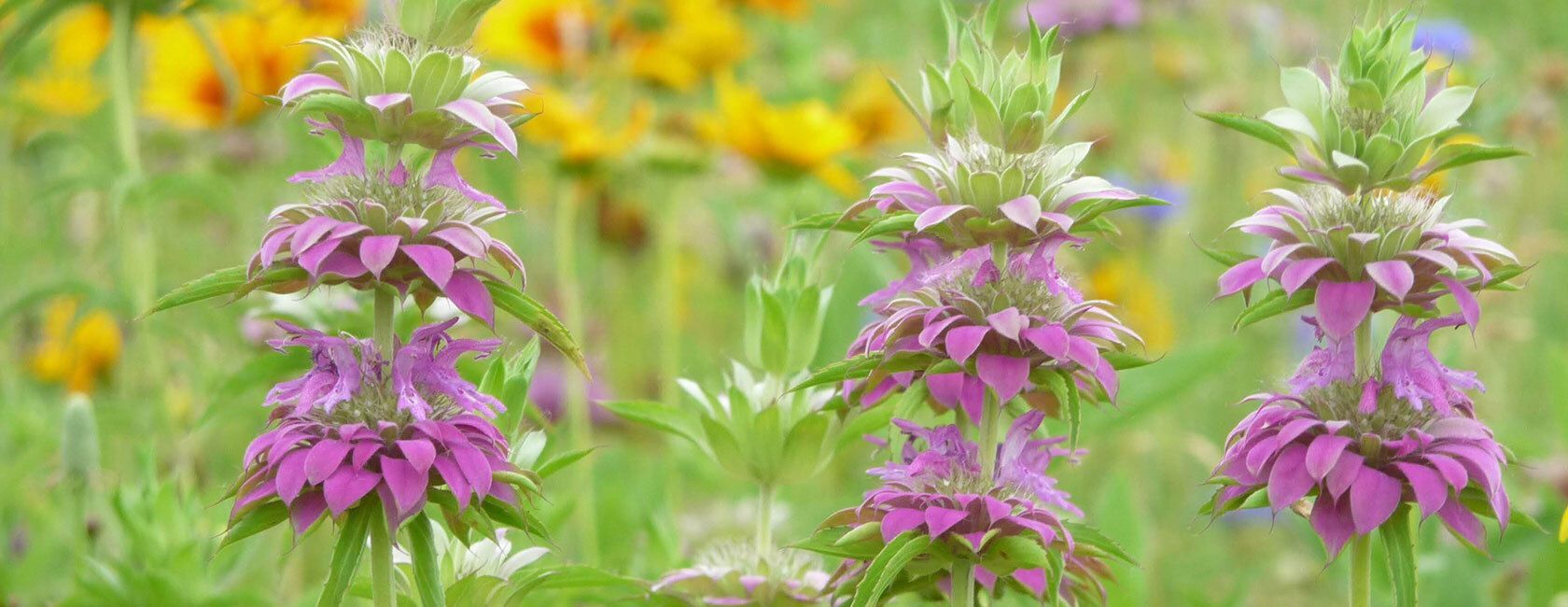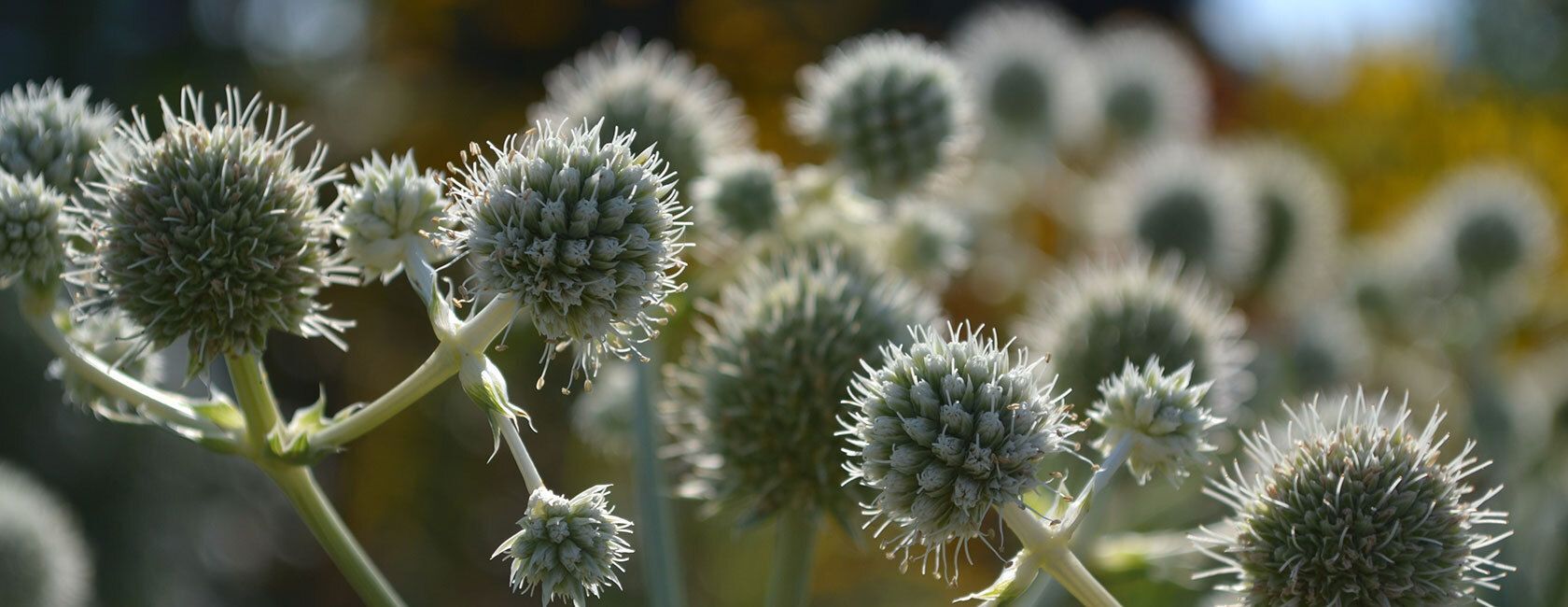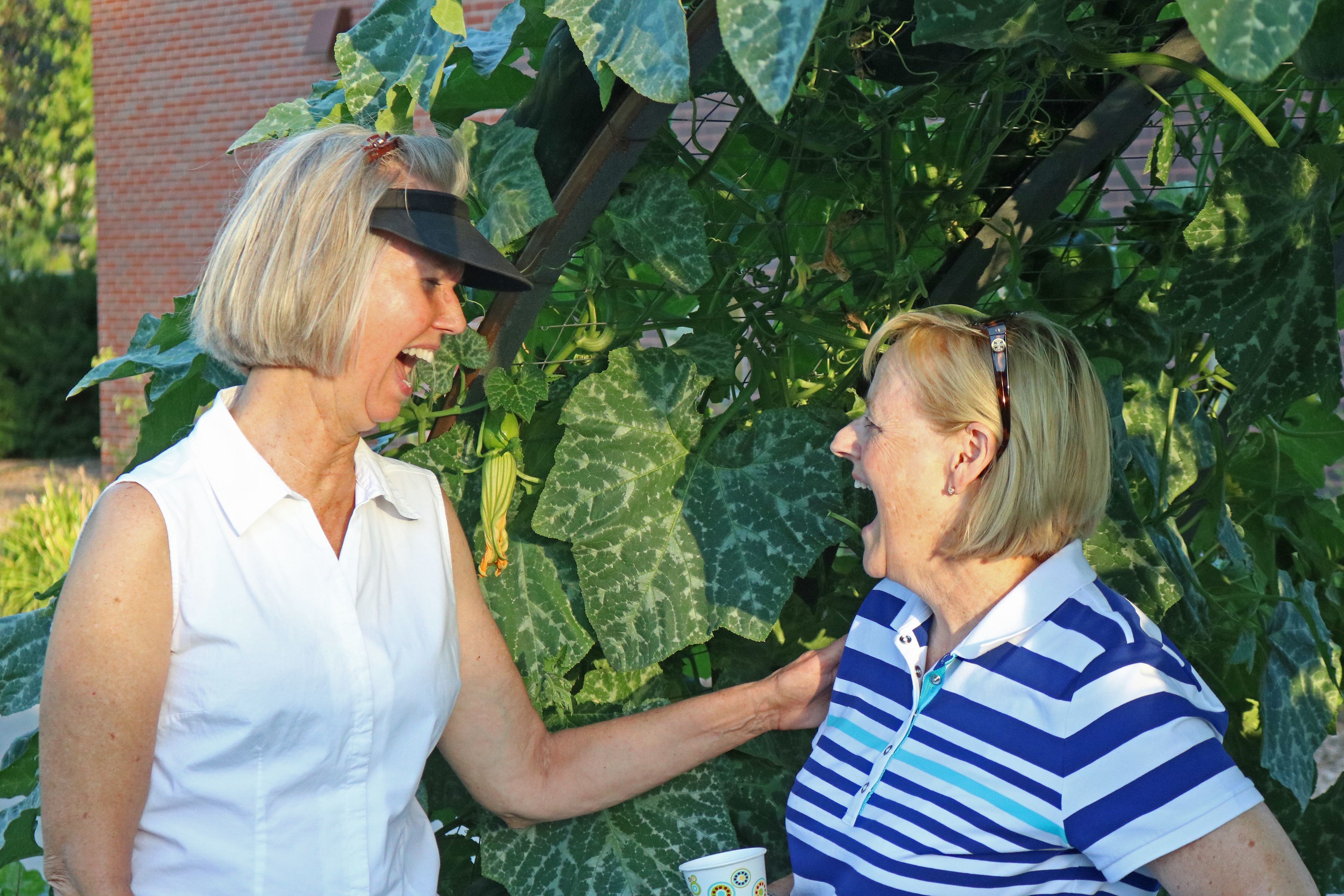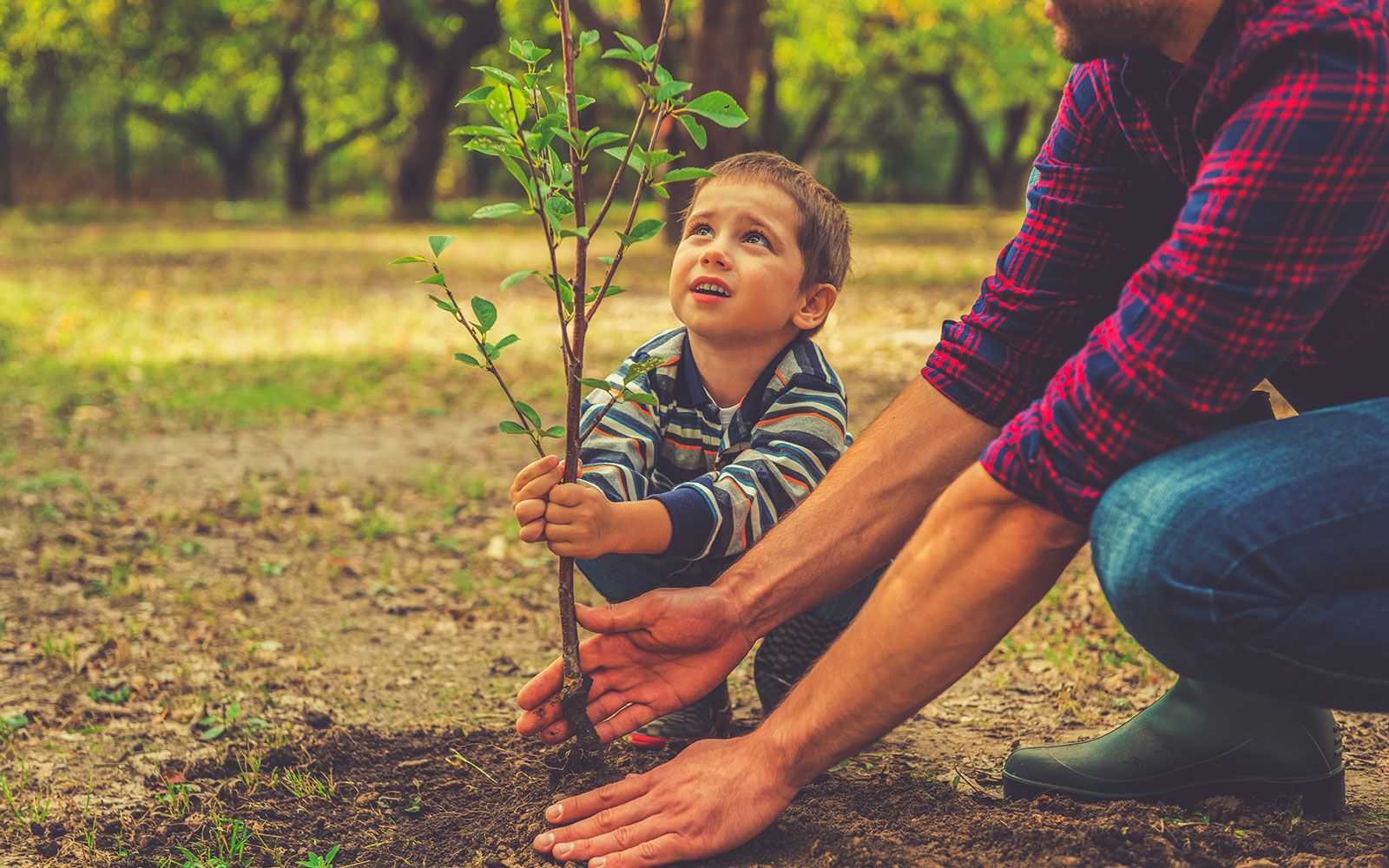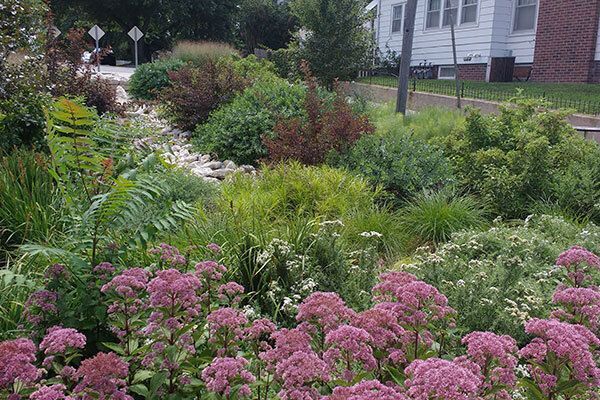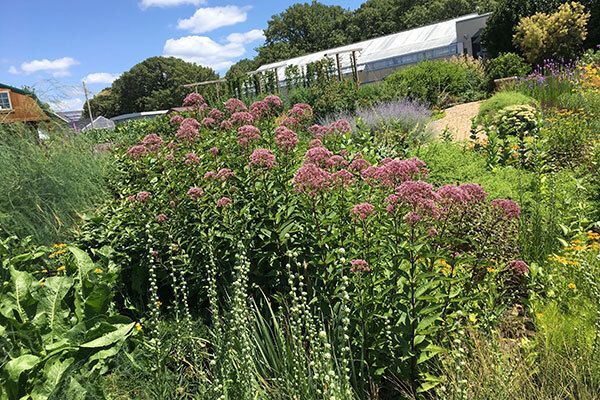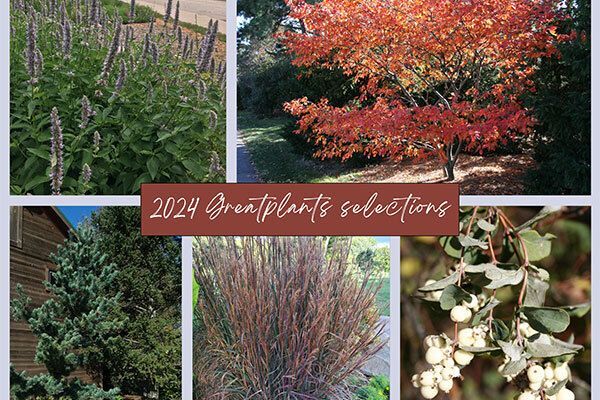
As we consider ways to support climate resilience, many of us tend to focus on planting new trees. Getting new trees in the ground is always a great idea; at the same time, however, we should also consider how we can better care for the mature trees that are already thriving in our yards and neighborhoods. What can we do to support their health so that they can continue to contribute to the community forest? Here are some tips to consider:
Protect Tree Roots
Compacted soil is one of the biggest threats to tree roots because compaction impedes water infiltration and oxygen into the root zone. Focus on protecting a tree’s roots and soil from compaction within the critical drip line, which is the root zone of your tree.
- Help reduce soil compaction by correctly mulching around trees or establishing living mulch areas with native landscape plants. Mulch protects tree roots from soil compaction caused by lawn mowers and foot traffic.
- Reduce turf grass around your trees. Turf grass and trees typically have different moisture needs, so it’s hard to maintain both in the same area. Lawn irrigation systems are particularly hard on trees, because they typically deliver more water than mature trees need.
- Reduce non-organic material, like concrete, around your trees, which can inhibit water infiltration and gas exchange.
Water Effectively
Once they are well-established, mature trees on most sites will need little or no watering (unless we are experiencing extreme drought). In fact, trees are easily harmed by too much water, which deprives them of oxygen by displacing air space in the soil and by favoring anaerobic, decay-causing organisms. On the other hand, very dry soils dehydrate roots and beneficial soil organisms, like fungi, and make essential elements unavailable.
- If you do need to water, make sure you are watering beyond the trunk. Trees have a root system that extends out from the tree just past the edge of the canopy.
- When you set out your hose or set up a sprinkler or soaker system, begin near the trunk, and then work your way out to the edges of the tree’s canopy. Infrequent, deep watering is the preferred schedule for trees.
Maintain Healthy Soil around Trees
In the forest, trees do just fine on their own without human care. They are nurtured by the natural layer of decaying organic matter that retains moisture and creates good soil structure for water infiltration. As much as possible, we should try to mimic the natural landscape in our own home landscapes.
- Mulch with a 2 to 4-inch layer of the tree's own fallen leaves. Keep the mulch 6-8 inches away from the trunk and root flare.
- Consider planting shade-tolerant groundcover plants to create a living mulch layer that, over time, will suppress undesirable weeds and hold moisture.
- Use chemical herbicides sparingly and only as a last resort.
We tend to take the mature trees in our yards and neighborhoods for granted. But by giving them a little extra TLC, we can help them continue to thrive for generations to come.

